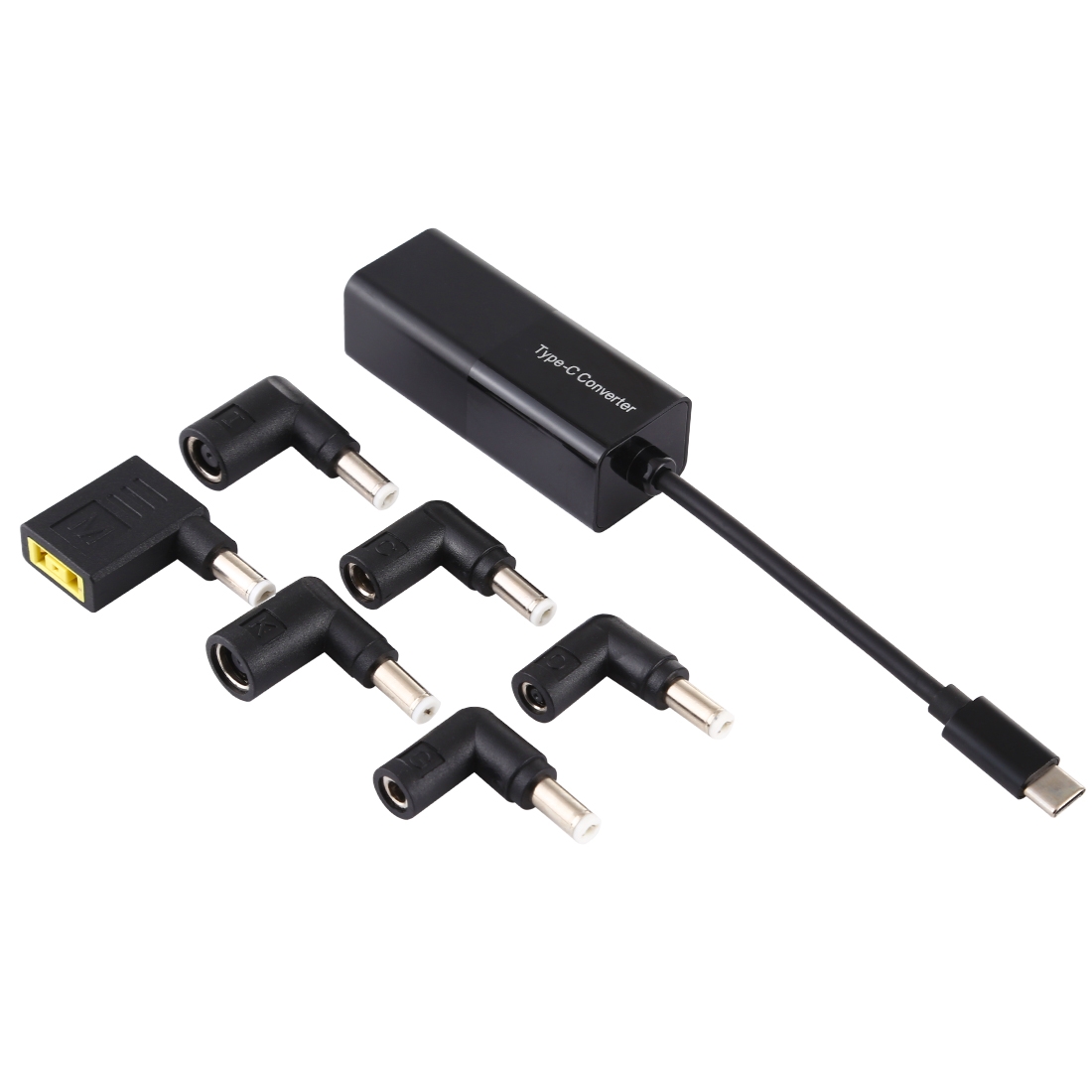
This is largely due to the economies of scale obtained by the connector's wide-spread adoption globally. One advantage of using USB connectors for power and signal delivery is that it is a sophisticated design with relativity low development costs. The USB Type-C plug is intended to deliver moderate levels of power (less than 100 W), and the specifications associated with the small plug enable power to be delivered to a wide range of compact electronic products. Another feature of the USB Type-C plug is that it has rounded edges, and this provides the benefit of a self-aligning characteristic as the plug is inserted.ĭifferent types of USB connectors.
#Usb power adapter trial#
With previous connector designs, the user must visually inspect the connector to determine the correct orientation or go through a trial and error process inserting the connector, creating a mild yet all too familiar inconvenience. This enables the plug to be inserted faster and with more ease than previous USB connector designs. The USB Type-C (also referred to as USB-C) connector design is symmetrical so that it can be plugged in, either way, meaning there is no right side up or upside down. This feature can be particularly useful for charging batteries.

Let us review the relationship between USB Type-C, USB Power Delivery, and USB Programmable Power Supply and how they relate to power supplies.

These enhancements make USB an excellent option for delivering power, whereas, in the past, USB was primarily a provider of data and signal with limited power capabilities. The latest developments applicable to power supply designs include the USB Type-C connector, USB Power Delivery specification, and USB Programmable Power Supply specification. During this time, there have been numerous changes to the specifications to improve the performance of systems employing these standards.

#Usb power adapter serial#
The architecture of USB (Universal Serial Bus) has been in use as a standard for connectors and their associated signals and power delivery since 1996.


 0 kommentar(er)
0 kommentar(er)
